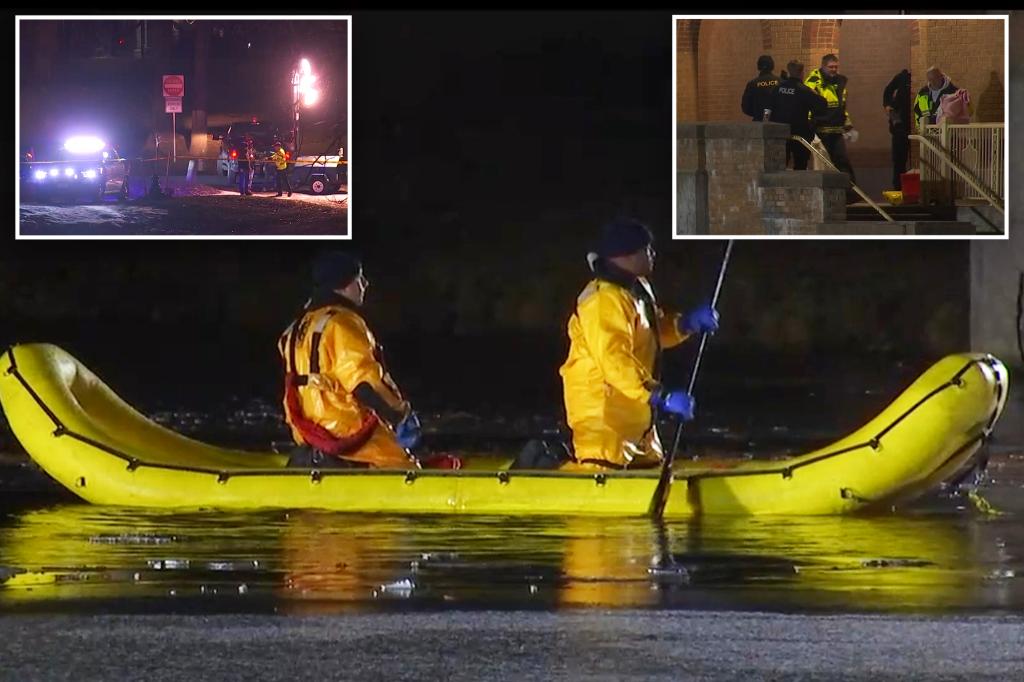The tragic incident at Washington Park Lake in Albany, New York, serves as a stark reminder of the hidden dangers lurking beneath seemingly solid ice. On a Saturday afternoon, two children, an 11-year-old girl and a 12-year-old boy, ventured onto the frozen lake, a decision that would ultimately claim both their young lives. The boy, attempting to walk across the icy surface, plunged into the frigid water. Witnessing his struggle, the girl, in a selfless act of bravery, followed onto the ice in an attempt to rescue him, only to fall victim to the same perilous conditions.
The Albany Police and Fire Departments responded swiftly to the scene, launching a desperate rescue operation. The girl was pulled from the icy grip of the lake and rushed to Albany Medical Center Hospital in critical condition. However, despite the best efforts of medical professionals, her injuries proved too severe, and she tragically succumbed to them on Tuesday, casting a pall of grief over the community. Concurrently, a New York State Police dive team tirelessly searched the murky depths of the lake, finally recovering the boy’s body later that Saturday evening.
The incident has sent shockwaves through the city of Albany, prompting Mayor Kathy Sheehan to express her sorrow and issue a cautionary message to the community. Sheehan noted the surprising distance the children managed to traverse on the thin ice, underscoring the deceptive nature of frozen water bodies. The tragedy highlights the critical need for public awareness regarding the dangers of venturing onto ice, especially during periods of fluctuating temperatures. The seemingly solid surface can be treacherously thin, posing a significant risk to anyone who steps upon it.
The heartbreaking loss of these two young lives serves as a poignant reminder of the importance of educating children and adults alike about ice safety. It’s crucial to understand that ice thickness can vary significantly across a body of water, influenced by factors such as water depth, currents, and underlying springs. Even seemingly thick ice can be weakened by changes in temperature and sunlight exposure. Therefore, it’s never safe to assume that ice is strong enough to support a person’s weight.
Preventive measures and community education are essential to prevent future tragedies. Parents and educators should instill in children a healthy respect for frozen bodies of water, emphasizing the potential dangers and the importance of staying off the ice. Public awareness campaigns can further reinforce this message, reaching a wider audience and promoting safe practices. Clear signage around lakes and ponds can explicitly warn against venturing onto the ice, especially during periods of questionable stability.
Furthermore, it’s crucial to equip individuals with the knowledge and skills to respond effectively in the event of an ice-related emergency. Knowing how to recognize signs of thin ice, how to safely assist someone who has fallen through, and the importance of calling for professional help immediately can be life-saving. Community workshops and online resources can provide valuable information and practical guidance on ice safety procedures. By promoting a culture of caution and preparedness, we can strive to prevent future tragedies and ensure the safety of our communities. The memory of these two young lives should serve as a constant reminder of the fragility of life and the critical importance of respecting the power of nature.










